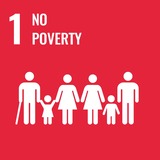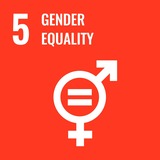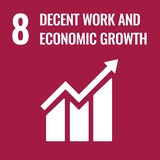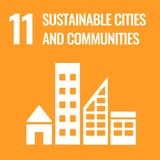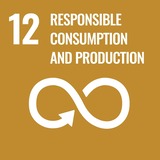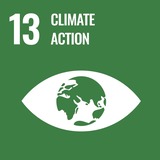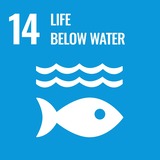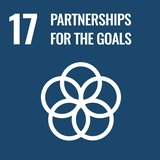Clean Beauty Survey 2023
A survey into sustainable cosmetic trends and beauty waste.
#CleanBeauty now has over 1.9 billion views on TikTok and 6.1 billion tags on Instagram. The number of people searching for and using this term is skyrocketing, proving that consumers are becoming increasingly aware of sustainable cosmetics, and are paying attention to brands that claim to be clean.
But what does clean beauty actually mean?
The clean beauty market refers to cosmetic and skincare products that are identified as sustainable, safe, and non-toxic. Clean beauty brands are expected to be transparent about their product ingredients, and their commitment to the environment.
Many clean beauty trends have emerged in the cosmetics industry over the past few years. However, the beauty market still has some way to go:
120 Billion units
of beauty plastic packaging is disposed of each year.
18 million acres of forest
Are lost every year due to the cosmetics industry.
168 chemicals are used every day
By women, through their beauty products.
In the influential world of cosmetics and beauty, sustainability is emerging as a crucial part of the customer experience. And, beauty brands are starting to take note.
Yet, adopting clean beauty is only part of the solution. Brands must also actively engage with customers, promoting greater awareness of eco-friendly beauty practices.
So when it comes to buying beauty products, skincare, haircare, and cosmetics, what really matters to modern-day consumers? How do sustainability claims shape a shopper’s purchasing decisions? And to what extent do individuals prioritize clean beauty in their makeup and skincare routines?
We asked these questions to over 500 consumers, all based across the US, to find out. We found out that 63% of consumers believed that clean beauty is ‘extremely or very important’ when buying cosmetics. A large majority of shoppers also factored in a beauty brand's environmental and social impact when making their purchases.
At the same time, there are plenty of intricate factors that influence consumer cosmetic purchasing habits. Cost, packaging, and the quality of ingredients all come into play, indicating that a comprehensive approach is needed if brands want to make clean beauty a reality.
Want to find out exactly what your customers are looking for from clean beauty brands in Q3 2023? Read the key findings below or dive deep into the full survey.
Key findings
01
63% of consumers deem clean beauty as ‘extremely or very important’ when selecting cosmetics, showcasing a robust inclination towards environmentally conscious brands.
02
81% of shoppers assert that brands should actively reduce plastic packaging. However, when it comes to their cherished products, nearly half (47.42%) are satisfied with recyclable plastic.
03
The scrutiny extends beyond clean ingredients; shoppers are zooming out to evaluate a brand's broader environmental and social footprint before making a purchase.
04
While 54% of consumers are serious about preventing their favored brands' products from ending up in landfills, skepticism arises with over half doubting the authenticity of brands’ clean beauty claims.
05
The sustainability scrutiny is palpable; 70% delve into a company's eco-credentials, yet a mere 15% admit to never investigating a brand's sustainability commitment.
01
How important is “clean beauty” to consumers when they buy cosmetic products?
A large proportion of consumers in 2023 believe that ‘clean beauty’ is important, to some degree, when buying beauty products.
This trend reveals that consumers value health, safety, and environmental sustainability in their cosmetics and beauty habits.
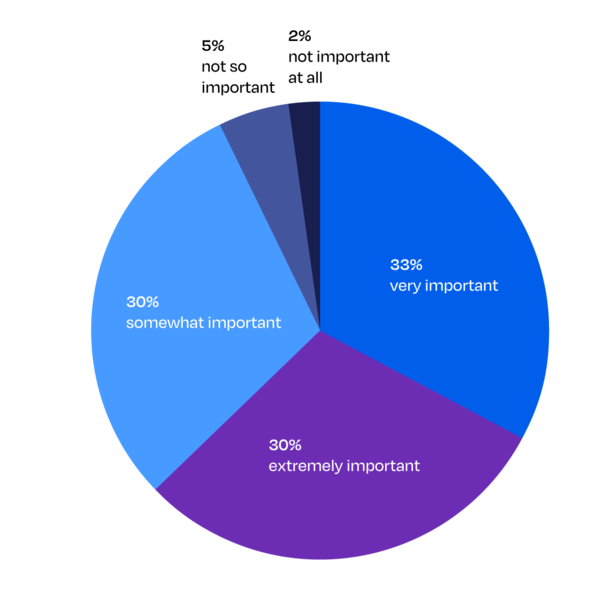
02
When asked if they were willing to pay more for cosmetic products that came in sustainable packaging…
Some shoppers are willing to pay more for sustainability. However, a lot of consumers are still price-sensitive and might take additional things into consideration.
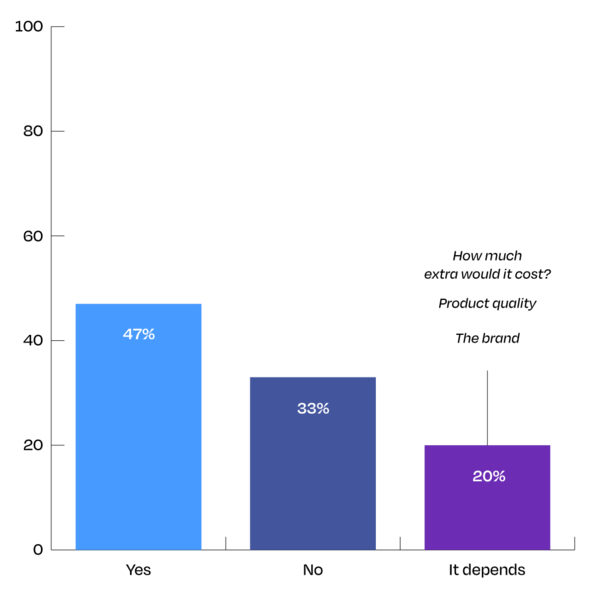
03
81% of shoppers agreed or strongly agreed that brands have a duty to reduce plastic packaging in their products.
04
What packaging materials do consumers want to see beauty products in?
Today’s shoppers aren’t just concerned with the products they’re using, they also care about the packaging that they come in.
Here’s what respondents wanted to see their beauty products sold in:

Extra result: Some respondents also suggested solid-format products without packaging altogether.
Ready to take action for a better planet?
Build a measurable and manageable sustainability strategy with our free toolkit.
05
“I want to know how my favorite beauty brands are trying to stop their products from ending up in landfill or the ocean.”
Most consumers aren’t only aware of the environmental issues related to beauty products, but also actively seek information about how brands are addressing these issues.
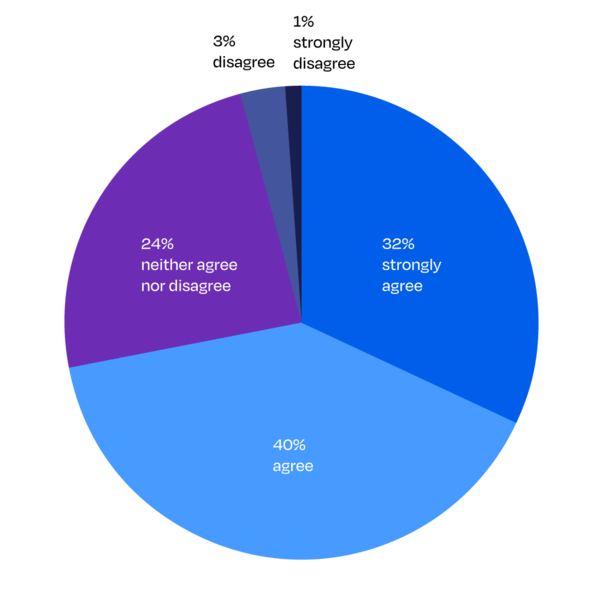

06
40% of consumers always or usually research a beauty brand’s sustainability credentials before making a purchase in-store or online.
30% sometimes.
17% rarely.
13% never.
07
Consumers ranked these factors as most important when purchasing products.
Shoppers are very interested in personal health and ethical considerations. Brands should factor in all of these when creating products that appeal to modern-day shoppers.

*Respondents were asked to rank the factors in order of importance. 1 being the most important.
08
Only 13% of respondents said they never researched a beauty brand’s sustainability credentials before making a purchase in-store or online.
Consumers want to be empowered when making purchasing decisions. This is a great opportunity for brands to clearly share their mission and communicate wider goals with their shoppers.
By championing messages about sustainability commitments, and sharing wider knowledge about industry trends, brands can help grow customer loyalty.

09
What are the most common ways that consumers check the sustainability credentials of their brands?
Most consumers still rely on product marketing when checking sustainability credentials. However, a growing number are also looking for reviews from their peers and social media.
These findings suggest that brands should target both of these avenues to connect with their consumers.

Other suggestions that people submitted: Reviews, Google search, TikTok.
10
To what extent do you believe that beauty brands are genuinely upholding their sustainability and clean beauty claims?
It looks like many beauty brands are actually doing something right, at least with their marketing. Despite greenwashing concerns, respondents took a positive or neutral view of brands upholding sustainability claims.
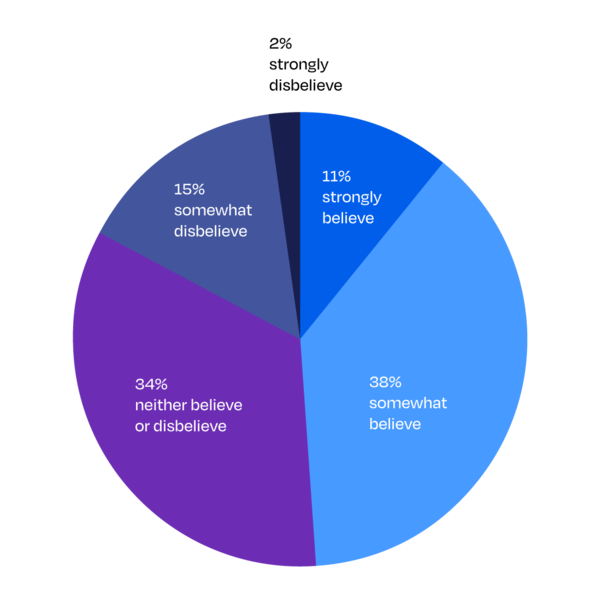
Ready to take action for a better planet?
Build a measurable and manageable sustainability strategy with our free toolkit.
11
Have you ever chosen to not purchase a beauty product because you were concerned about its environmental impact?
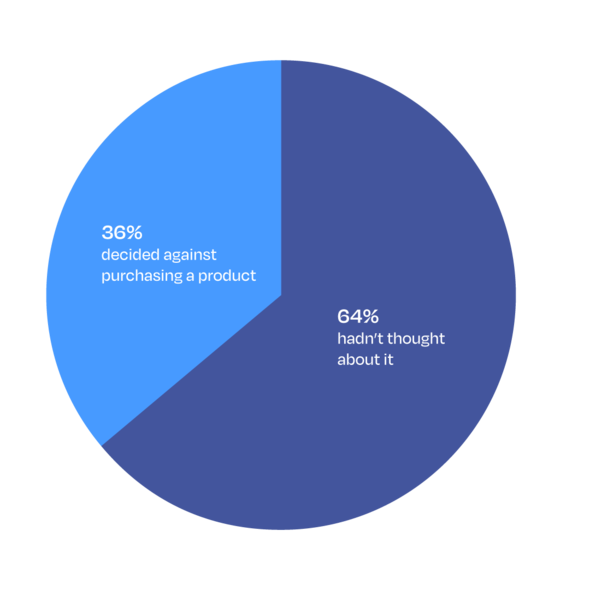
36% of respondents said they decided against buying certain products because they were concerned about their environmental impact.
64% said they hadn’t thought about it.
This suggests that there’s still some way to go. This could also be a great opportunity for brands to take the lead, educate, and engage with consumers about their environmental impact.
12

63% of respondents said they now look for products with natural ingredients that are good for their skin and the planet.
13
49% of respondents said they’re paying closer attention to the sustainability of beauty products and their packaging.

14

18% of respondents admitted they’ve thrown away beauty product packages that they knew were recyclable because they were too difficult to clean.
15
“I believe beauty brands should take a more active role in promoting eco-conscious behavior among their customers.”
69% of respondents said they strongly agreed or agreed.
27% said they neither agreed nor disagreed.
4% disagreed or strongly disagreed.
16
We asked our respondents:
What additional steps could beauty brands take to become more sustainable and eco-friendly?
Here's what they say:
“Remove packaging that is fully plastic based (not recyclable) and only stick to recycled materials.”
“I would like to hear more from brands about the actions they are taking. Perhaps a specialist environmental newsletter.”
“Research what the people want in their care products.”
“Discounts for environmentally responsible products.”
“More refillable items with refills being cheaper.”
“A clean and aseptic refill process.”
“Get rid of all the extra one-time samples that always come with a purchase.”
“Less excessive packaging”
“Ship in smaller packages.”
“Donate a proceed of the portions to environmental charities and organizations!”
Beauty lovers have a lot to say about their favourite brands. Are you listening to your consumers about what they want?
METHODOLOGY
Our research targeted people who consider themselves the primary decision-makers when purchasing personal and healthcare products. In addition to the general audience, we also shared our survey with the CleanHub community.
The data was captured through an online survey that included 15 questions about clean beauty trends.
A total of 523 people between the ages of 18 and 65 responded to the survey. Responses were gathered in August and September 2023 from consumers based across the U.S.
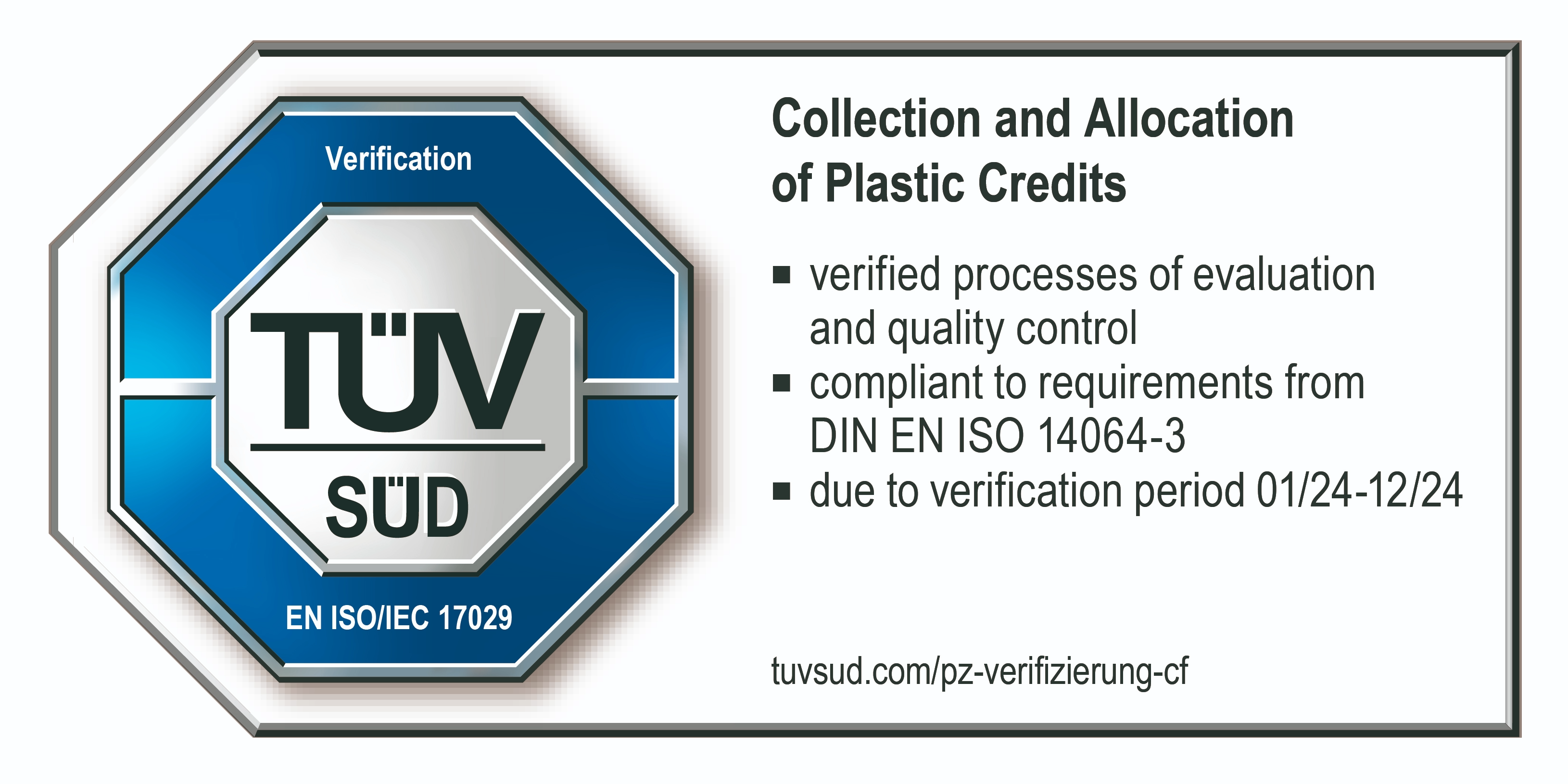
We're the first plastic credit system verified by TÜV SÜD
Subscribe to receive monthly insights. Plus, we’ll collect 1kg of plastic on your behalf.


